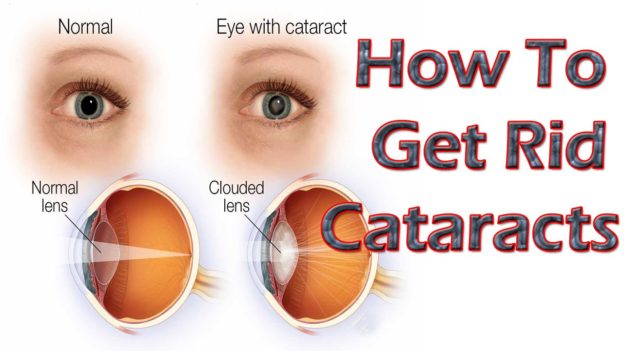What it is Eye Cataracts
A cataract is an opacification (cloudiness) of the eye’s normally clear crystalline lens. Cataracts can occur at any age (in fact, babies can be born with them), but they are most common later in life. The three common types of cataracts are defined by where they occur in the lens: Nuclear, conical, or posterior subcapsular (in the rear of the lens capsule).
- Nuclear cataracts are the most common type; the incidence of nuclear cataracts increases with age and cigarette smoking.
- Conical cataracts also become more common with age, and are related to lifetime exposure to ultraviolet rays from the sun.
- Posterior subcapsular cataracts are most likely to occur in younger people. They are often the result of prolonged use of corticosteroids (such as prednisone), inflammation, trauma, or diabetes.
Prevention:
- Because smoking contributes to the risk of cataracts, stopping the habit is a vital step in cataract prevention.
- Wearing UV-blocking sunglasses and a hat with a wide brim will help reduce eye exposure to UV radiation and may reduce the risk of cataracts.
- Other research, published in ’0phthalmology’, found that high levels of physical activity were associated with a lower risk of cataracts later in life.
Signs of symptoms:
When cataracts first appear, you may not notice changes in your vision.
As they progress, however, your vision may become somewhat blurry, you may have trouble seeing at night or in low light, you may become sensitive to light, bright colours may look yellowed or faded, or you may need brighter light for reading.
Treatment
- Surgery for cataracts involves removing all or part of the lens and replacing it with an intraocular lens implant (IOL).
- Cataract removal is the most frequently performed surgery in individuals over age 65 and is considered by many doctors to be the most effective surgical procedure in all of med icine.
- If the eye is normal except for the cataract, surgery will improve vision in more than 95% of cases.



